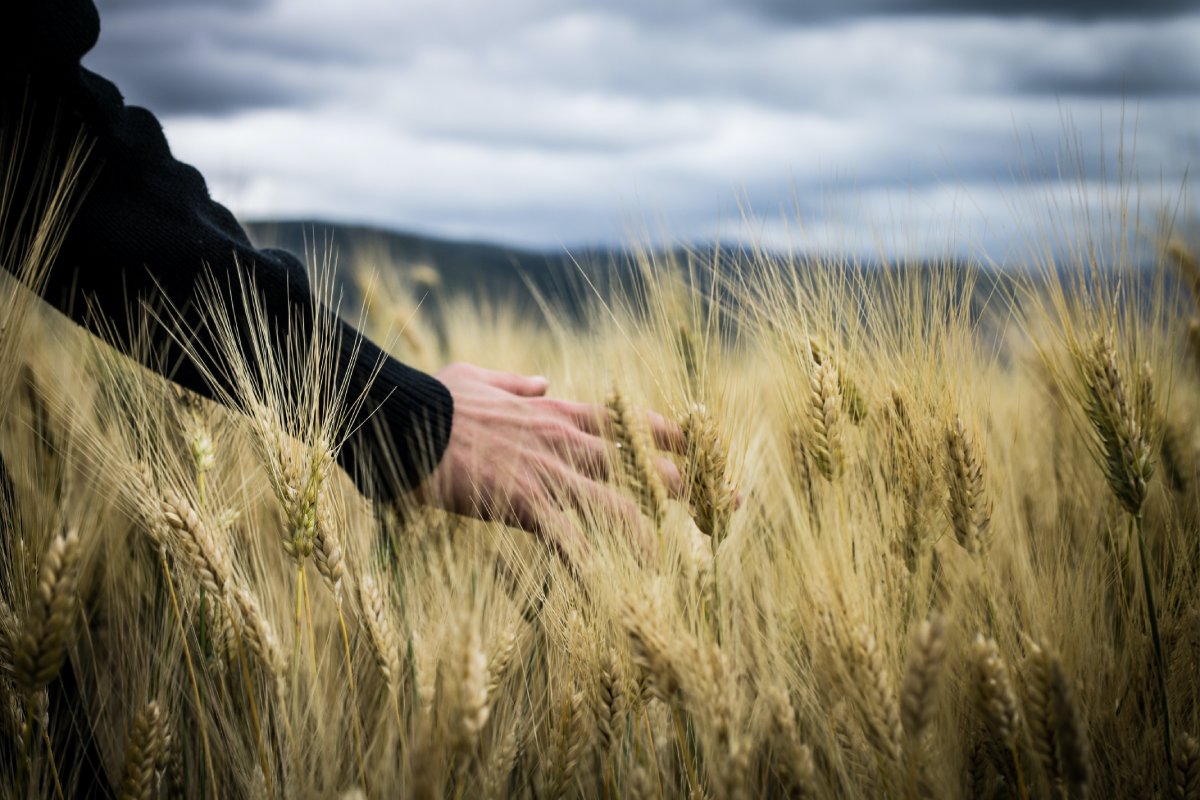Introduction
In the complex web of factors influencing climate change, the role of agriculture, particularly industrial agriculture, is often overlooked. However, as we delve deeper into understanding the intricate relationship between our food production methods and the planet’s health, the interconnection becomes apparent. In this blog post, we will explore the impact of industrial agriculture on climate change and discuss the potential for sustainable alternatives.
The Connection Between Agriculture and Climate Change
Agriculture, in its myriad forms, has a profound impact on the environment. It shapes land use, affects water resources, and contributes significantly to greenhouse gas emissions. Farming activities such as deforestation for agricultural land, use of synthetic fertilizers, and livestock production all generate substantial emissions, exacerbating climate change. Furthermore, agriculture’s close ties with other sectors, including energy and transportation, widen its environmental footprint.
Overview of Industrial Agriculture
Industrial agriculture, or large-scale farming, takes this impact to another level. Characterized by high-input and high-output farming systems, industrial agriculture relies heavily on synthetic fertilizers, pesticides, and mechanization. It emphasizes monocultures – large expanses of a single crop – and high-density animal farming, both of which contribute to environmental degradation and increased greenhouse gas emissions.
While industrial agriculture has played a crucial role in ramping up food production to feed a growing global population, it has done so at significant environmental cost. Its reliance on non-renewable resources, contribution to biodiversity loss, and role in emitting greenhouse gases make it a key factor in the conversation on climate change.
Preview of the Blog Post
In this post, we will explore in detail the impact of industrial agriculture on climate change. We will discuss the specific processes and practices that contribute to greenhouse gas emissions and environmental degradation. Additionally, we will delve into the role of policy and consumer choice in perpetuating or mitigating these impacts.
Finally, we will explore sustainable alternatives to industrial agriculture. We will highlight innovative farming practices that reduce environmental impact, promote biodiversity, and contribute to climate change mitigation. By looking at these alternatives, we hope to shed light on the potential for a more sustainable food system – one that not only feeds us but also protects and nurtures our planet.
The aim of this post is not to villainize agriculture or farmers but to provide a comprehensive understanding of the challenges we face and the possibilities for change. Join us as we navigate this crucial topic, unpack its complexities, and envision a path toward a more sustainable future.
The Scale of Industrial Agriculture
As we examine the impact of industrial agriculture on climate change, it’s crucial to understand the sheer scale of this sector. Its global reach, the intensity of farming practices, and the implications for land use are vast. Here, we will delve into these aspects, offering a glimpse into the magnitude of industrial agriculture.
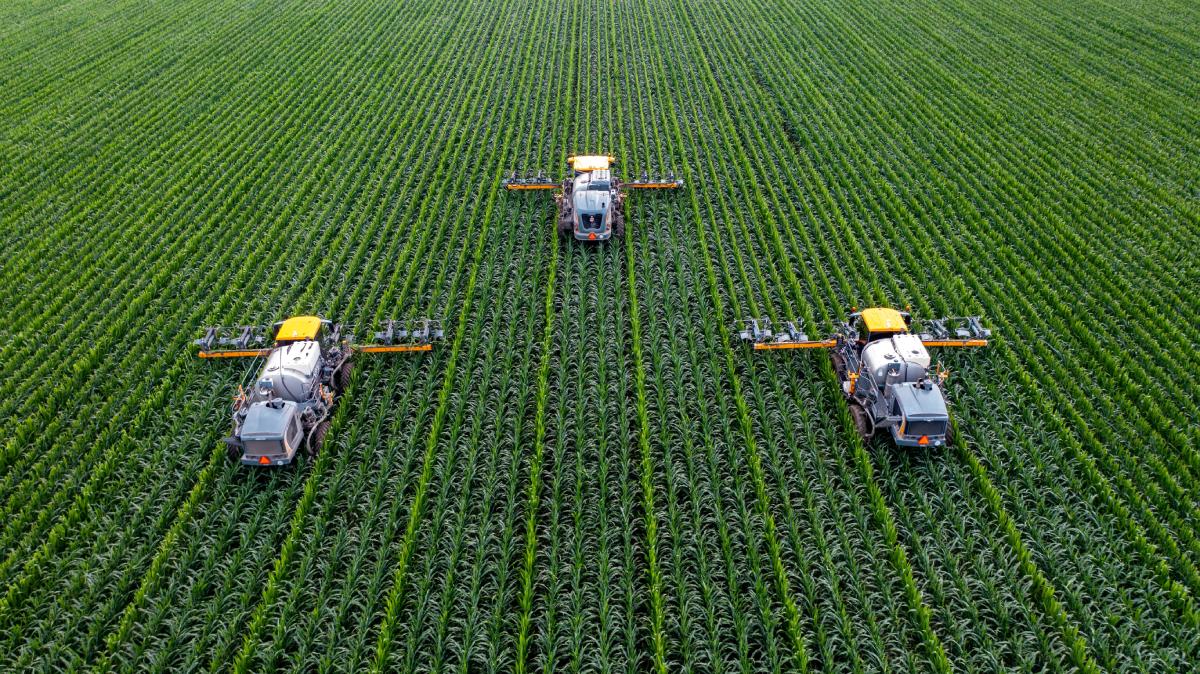
Global Presence of Industrial Agriculture
Industrial agriculture is not confined to a specific region or country - it has a truly global presence. From the soybean fields of Brazil to the vast wheat plains of the American Midwest and the poultry farms of Thailand, the signs of industrial agriculture are evident. This global span has been driven by various factors, including trade liberalization, technological advancements, and a relentless drive for increased productivity and profit. As a result, the ecological footprint of our food production extends far beyond local farms, reaching into the furthest corners of the world.
The Intensification of Farming
The term ‘industrial’ in industrial agriculture speaks to its nature - an emphasis on efficiency, scale, and output. This has led to the intensification of farming, a system characterized by high-input and high-output methods. For crop production, this means large-scale monocultures, heavy use of synthetic fertilizers and pesticides, and mechanized farming practices. In the case of livestock, it translates into concentrated animal feeding operations (CAFOs), where thousands of animals are housed in confined spaces.
This intensification has undeniably increased food production. However, it has also created numerous environmental challenges, including soil degradation, water pollution, and significant greenhouse gas emissions.
Implications for Land Use
Industrial agriculture has far-reaching implications for land use. Large-scale monocultures and CAFOs require extensive land resources, leading to the conversion of forests, wetlands, and grasslands into agricultural land. This land use change is a major source of CO2 emissions as carbon stored in vegetation and soils is released into the atmosphere.
Additionally, this shift in land use has repercussions for biodiversity. The transformation of diverse ecosystems into uniform agricultural landscapes creates habitats unsuitable for many wildlife species, leading to a loss of biodiversity. The use of synthetic pesticides and fertilizers further threatens non-target species and disrupts ecosystems.
To truly comprehend the impact of industrial agriculture on our climate, we must recognize the scale at which it operates. As we continue, we will delve deeper into the specific farming practices that contribute to climate change and explore the potential for more sustainable alternatives.
Greenhouse Gas Emissions from Industrial Agriculture
Industrial agriculture’s significant contributions to greenhouse gas emissions play a considerable role in climate change. This sector is a primary source of carbon dioxide, methane, and nitrous oxide emissions. Each of these gases has a unique role in our planet’s warming, with various agricultural practices contributing to their release.
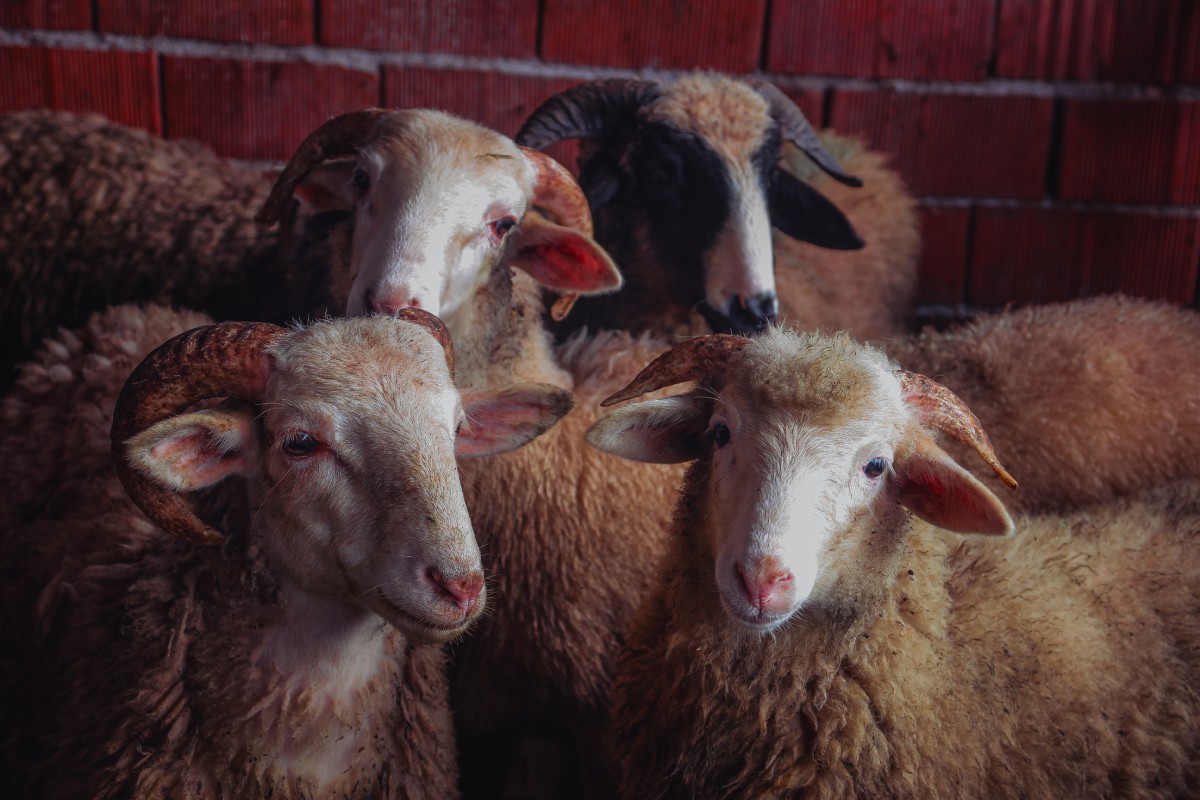
Carbon Dioxide Emissions
Carbon dioxide (CO2) is the most abundant greenhouse gas emitted by human activities, and industrial agriculture contributes significantly to its release. The conversion of forests, wetlands, and grasslands into agricultural land leads to significant CO2 emissions. When these natural landscapes are altered or destroyed, the carbon stored within their vegetation and soils is released into the atmosphere. Additionally, the use of fossil fuel-powered machinery for plowing, sowing, harvesting, and transporting agricultural products contributes to CO2 emissions.
Methane Emissions from Livestock
Industrial agriculture is also a major source of methane (CH4), a greenhouse gas about 28 times more potent than CO2 over a 100-year period. Livestock, particularly ruminants like cows and sheep, are significant methane emitters. During their digestive process, known as enteric fermentation, these animals produce methane, which they emit through belching and flatulence. Furthermore, the manure from these animals, when stored in large quantities in lagoons or pits, as is common in industrial farming operations, also emits methane.
Nitrous Oxide Emissions from Fertilizers
Lastly, industrial agriculture is a leading source of nitrous oxide (N2O) emissions, a potent greenhouse gas nearly 300 times more effective at trapping heat than carbon dioxide over a century. Nitrous oxide is primarily released through agricultural soil management practices, particularly the application of synthetic fertilizers. These fertilizers, rich in nitrogen, undergo microbial reactions in the soil that produce N2O.
The cumulative impact of these greenhouse gas emissions is substantial. It highlights the importance of scrutinizing agricultural practices and exploring sustainable alternatives to mitigate climate change. As we delve deeper into this topic, we will also explore the secondary environmental impacts of industrial agriculture, revealing the multi-faceted relationship between this sector and our warming planet.
Deforestation and Land Degradation
Industrial agriculture’s impacts on the environment extend beyond greenhouse gas emissions. Two significant, interrelated issues that arise from industrial farming practices are deforestation and land degradation. Each of these consequences has profound effects on the ecosystem and the climate.
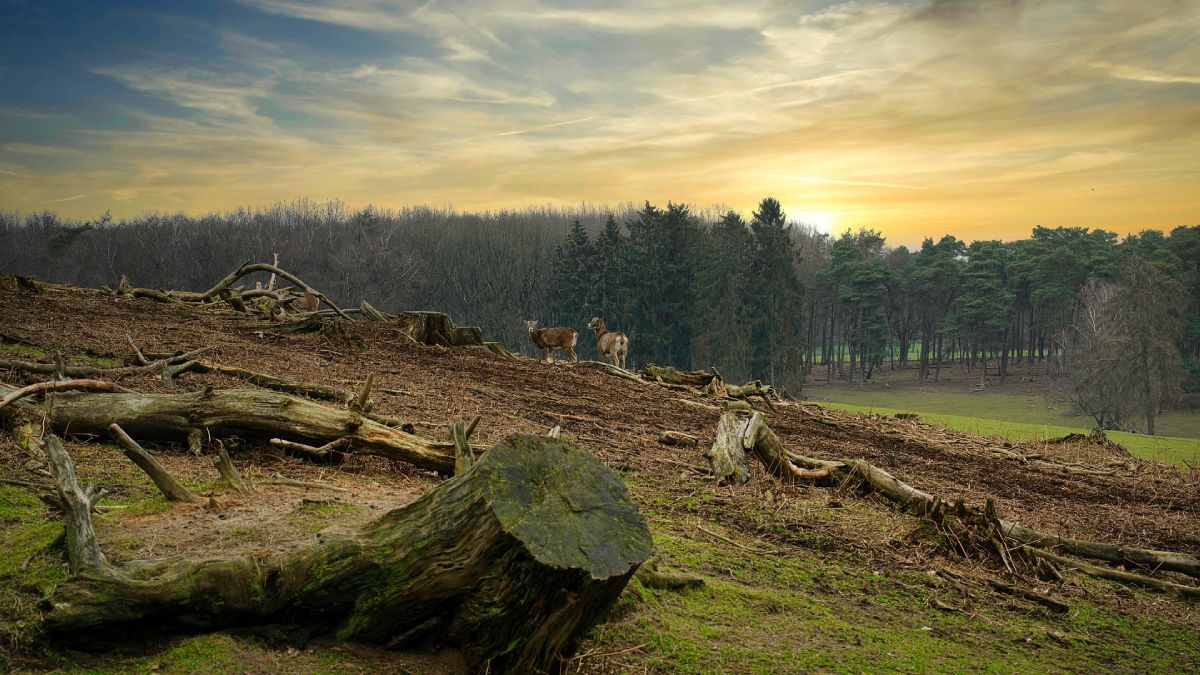
Agricultural Expansion into Forested Areas
A hallmark of industrial agriculture is its spatial footprint, often encroaching on forested areas to accommodate large-scale crop cultivation and livestock rearing. This agricultural expansion results in deforestation, a process where trees are cleared en masse. Deforestation directly contributes to climate change, as trees capture and store CO2, acting as a crucial buffer against global warming. When trees are cut down, this stored CO2 is released back into the atmosphere, exacerbating greenhouse gas levels. Moreover, the loss of forests reduces the planet’s capacity to absorb CO2 in the future.
Soil Degradation and Erosion
Along with deforestation, industrial agriculture leads to soil degradation and erosion. Intensive farming practices deplete the soil’s nutrients, disrupt its structure, and negatively impact its biodiversity. Over time, the soil becomes less fertile and less able to support healthy crop growth, leading to reduced yields. Moreover, the lack of vegetation and altered soil structure in cleared areas make the land more prone to erosion, particularly from wind and water. This loss of topsoil further degrades the land and can lead to desertification in severe cases.
Impact on Biodiversity
The deforestation and land degradation resulting from industrial agriculture have far-reaching impacts on biodiversity. Forests are hotspots of biodiversity, housing a vast array of plant and animal species. When forests are cleared for agriculture, this rich biodiversity is lost. Species lose their habitats, which can lead to local extinctions and a decline in global biodiversity. Reduced biodiversity impacts ecosystem health and stability and can have cascading effects on ecosystem services, such as pollination and pest control.
Through the lens of deforestation and land degradation, we see a stark picture of industrial agriculture’s environmental impacts. These issues underline the need for more sustainable farming practices, a topic we’ll explore further in the coming sections.
Overuse and Pollution of Water Resources
Industrial agriculture not only affects the air and the land, but it also significantly impacts our water resources. The scale of farming operations often leads to overuse and pollution of water, contributing to water scarcity, surface water pollution, and groundwater contamination. These issues pose substantial challenges to environmental health and sustainable water management.
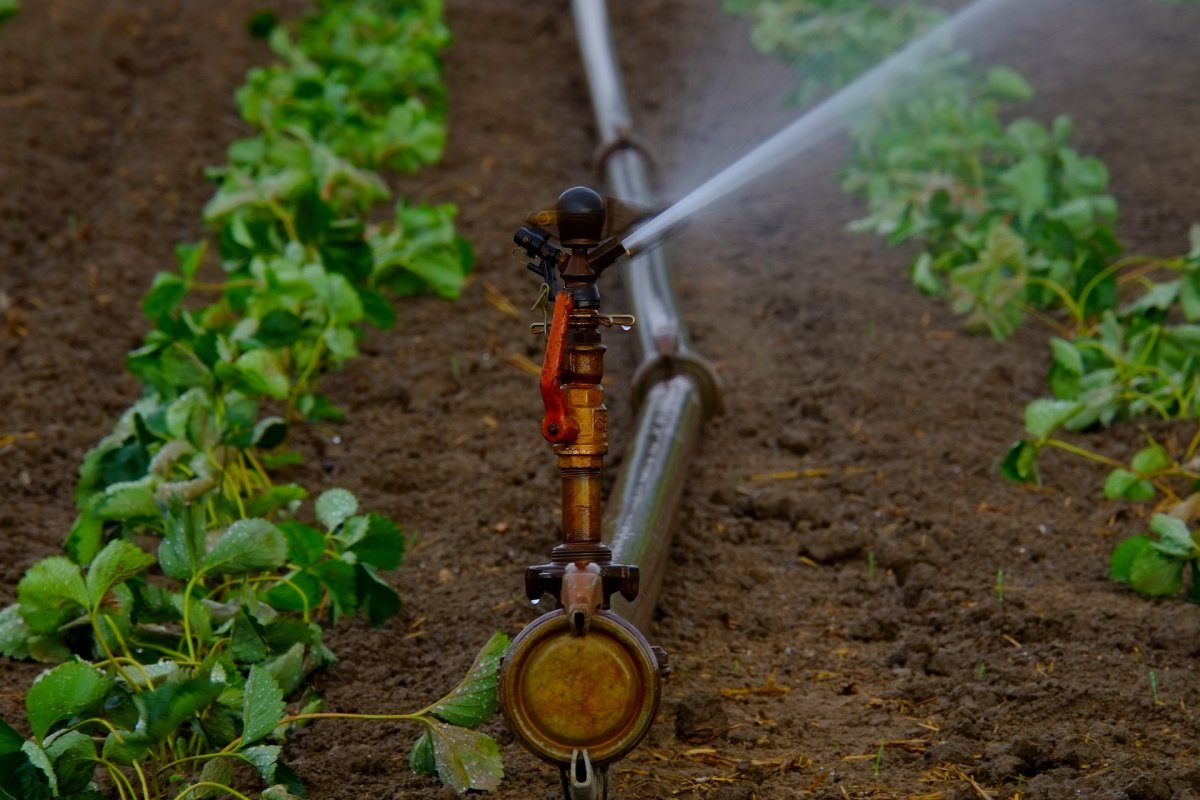
Irrigation and Water Scarcity
Water is a primary resource in agriculture. However, the scale at which industrial agriculture operates can strain water resources. Industrial agriculture often depends on irrigation, which allows crops to grow in areas where rainfall is insufficient. While irrigation can improve crop yields, it can also deplete water resources, particularly when the water is sourced from rivers or underground aquifers. Over-extraction can lead to water scarcity, affecting not just the availability of water for agriculture, but also for human consumption and natural ecosystems.
Runoff and Eutrophication
In addition to overuse, water pollution is a significant issue in industrial agriculture. One of the main culprits is runoff from agricultural fields. This runoff often contains fertilizers and pesticides used in farming. When these chemicals enter rivers, lakes, and oceans, they can cause eutrophication — an excess of nutrients in the water that leads to algal blooms. These blooms deplete the water’s oxygen levels, leading to “dead zones” where aquatic life cannot survive. This process disrupts aquatic ecosystems and can devastate local fisheries.
Groundwater Contamination
The risk of pollution also extends to groundwater. Chemicals used in agriculture can leach into the soil and contaminate groundwater supplies, posing risks to both human health and the environment. Moreover, the manure from livestock operations can also contaminate groundwater if not properly managed.
The impact of industrial agriculture on water resources highlights the need for more sustainable farming methods that use water more efficiently and reduce pollution. Addressing these issues is a crucial step towards mitigating the impacts of agriculture on climate change and preserving our precious water resources. As we move forward, we’ll explore the potential of sustainable alternatives and their benefits for the environment and the climate.
Energy Intensive Agricultural Practices
Industrial agriculture’s reliance on energy-intensive practices is another reason why it contributes significantly to climate change. From the use of fossil fuels to power machinery and processing plants, to the carbon footprint of food transportation, the industry’s energy demands are considerable. This section will delve into the role of energy in industrial farming and its implications for climate change.
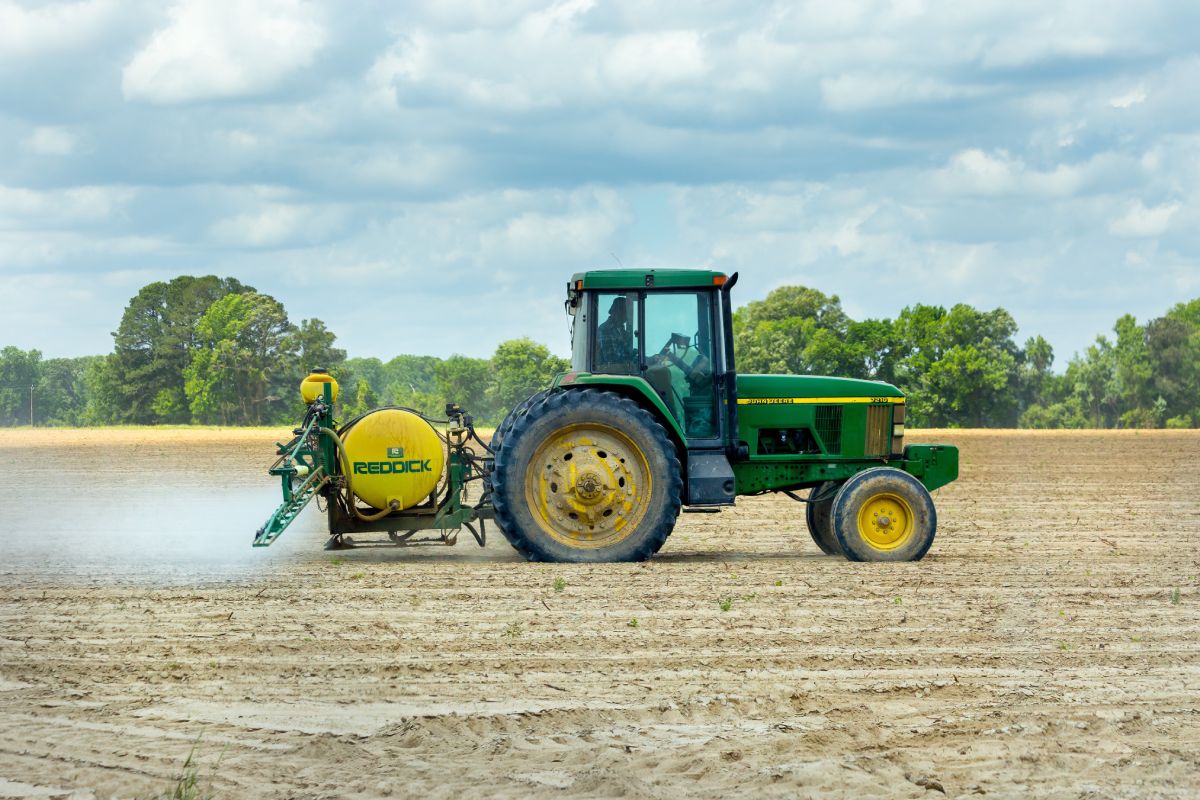
Fossil Fuel Usage in Industrial Farming
Industrial agriculture heavily relies on fossil fuels at multiple stages of production. Fossil fuels power the machines that plant, harvest, and process the food we eat. In addition, many of the fertilizers and pesticides used in industrial farming are synthesized from fossil fuels, notably natural gas. This dependence not only contributes to greenhouse gas emissions but also ties the food system to the fluctuating prices and political instabilities associated with fossil fuel markets.
Energy for Machinery and Processing
Agricultural machinery is a necessary part of modern farming, but it comes with a significant energy cost. Tractors, combines, and other heavy machinery require large amounts of energy to operate, much of it derived from fossil fuels. In addition, the processing that turns raw commodities into the foods we consume is also energy-intensive. Grain must be milled, vegetables canned, and meats slaughtered and packaged — all of these steps require energy, often in the form of electricity, which is often generated by burning fossil fuels.
Transportation and its Carbon Footprint
The global food system is characterized by long supply chains, with food often traveling great distances from farm to table. This food transportation relies on fossil fuels and contributes to carbon dioxide emissions. Whether by truck, ship, or plane, the carbon footprint of food transportation is a significant factor in the overall impact of industrial agriculture on climate change.
The energy intensity of industrial farming underscores the need for more sustainable, less resource-intensive agricultural practices. It is possible to create a food system that feeds the world without contributing to climate change. In the following sections, we will explore sustainable alternatives that can help to reduce the environmental impact of our food system.
Sustainable Farming: A Viable Alternative
As the environmental impact of industrial agriculture becomes increasingly apparent, the importance of exploring and adopting sustainable farming practices also becomes evident. Sustainable agriculture seeks to balance the need for food production with environmental stewardship, while also considering social responsibility and economic viability. In this section, we’ll uncover the principles of sustainable agriculture, explore its benefits, and highlight some of the challenges involved in its widespread adoption.
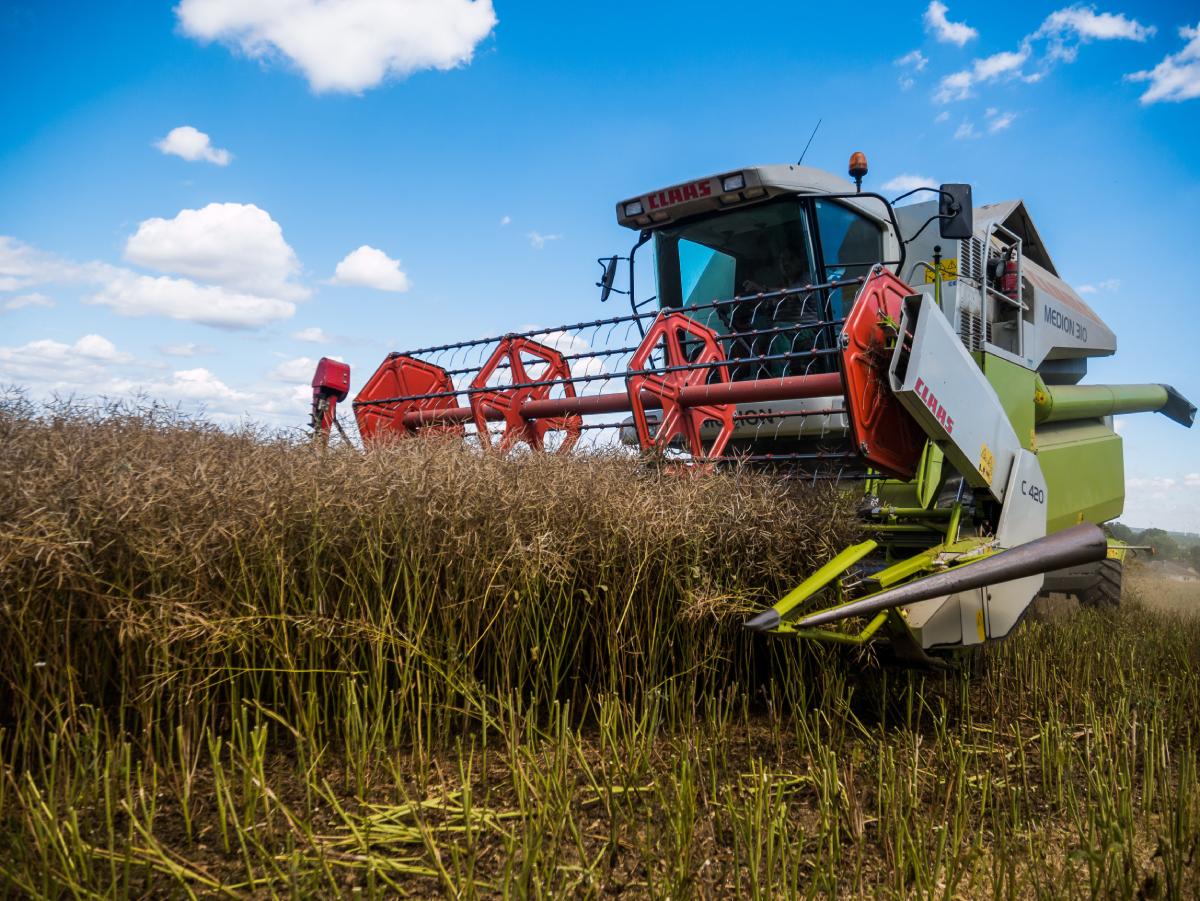
Principles of Sustainable Agriculture
Sustainable agriculture is grounded in a set of principles designed to protect and enhance both the land and the people who farm it. Key principles include the minimization of chemical inputs like synthetic fertilizers and pesticides, prioritizing renewable resources, fostering soil health, promoting biodiversity, and emphasizing the welfare of farm workers and animals alike. This approach contrasts starkly with industrial agriculture, favoring a long-term perspective over short-term profit maximization.
Benefits to Climate and Environment
The environmental benefits of sustainable farming are extensive. By reducing the use of fossil fuel-derived inputs, these practices can significantly lower greenhouse gas emissions. Moreover, sustainable farming techniques often improve soil health, increasing its capacity to sequester carbon and thus mitigating climate change. Biodiversity is enhanced as well, with diversified farms providing habitat for a wide range of species and preserving ecological balance. Water is also used more efficiently, reducing the stress on this critical resource.
Challenges and Barriers to Adoption
Despite its many benefits, sustainable farming faces significant barriers to widespread adoption. These challenges include the often higher upfront costs of transitioning to sustainable methods, a lack of access to markets, and the need for farmer education and training. Moreover, current agricultural policies often favor industrial farming, making it difficult for smaller, more sustainable farms to compete. Overcoming these barriers will require concerted effort, policy reform, and public support.
Sustainable agriculture represents a viable and necessary alternative to the environmentally damaging practices of industrial farming. Though challenges remain, the potential benefits to our climate, biodiversity, water resources, and overall planetary health are too great to ignore. In the following sections, we’ll explore specific sustainable farming practices and how we can support their implementation.
Case Studies: Successful Shifts to Sustainable Practices
In the face of the environmental impacts of industrial agriculture, many farmers and communities worldwide are successfully transitioning towards sustainable farming practices. The following case studies highlight the possibilities and benefits of organic farming, regenerative agriculture, and community-supported agriculture (CSA) programs.
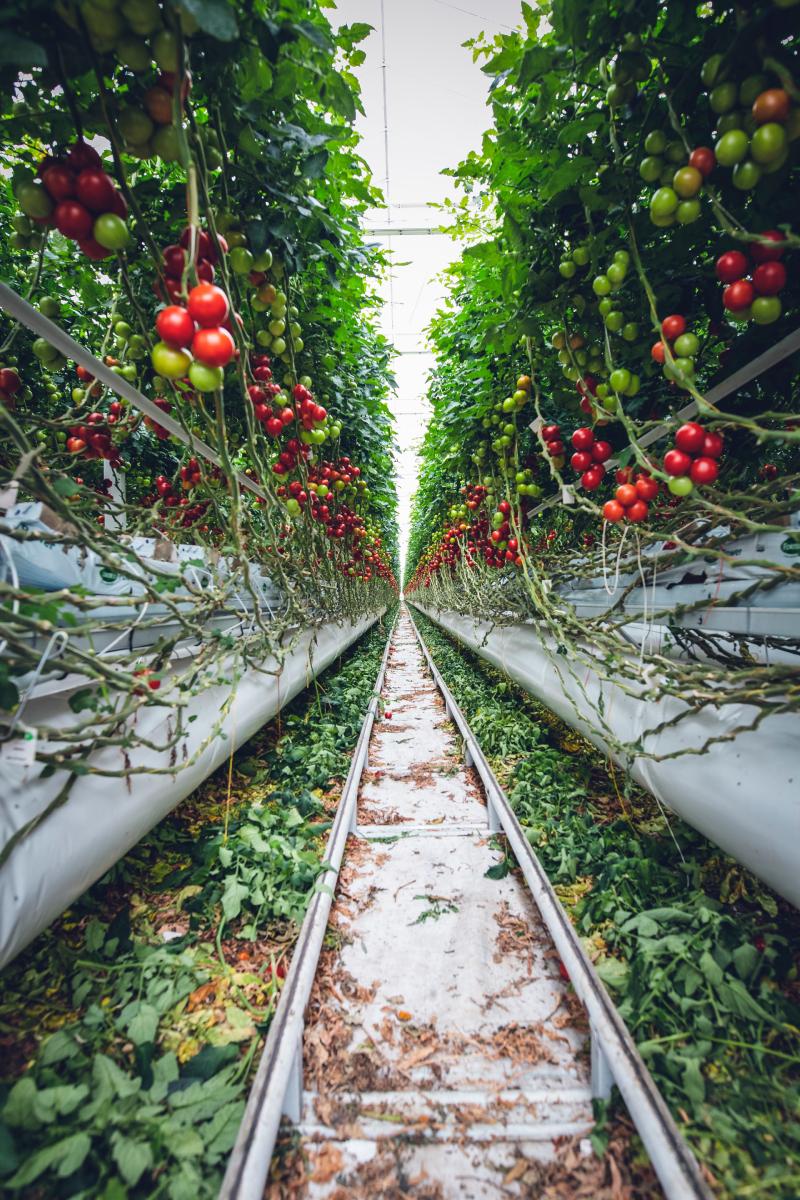
Organic Farming Success Stories
Organic farming, which shuns synthetic fertilizers and pesticides, offers a compelling alternative to industrial agriculture. One standout example is a cooperative of farmers in rural India who made the switch to organic practices. Despite initial challenges, the farmers reported improved soil health, biodiversity, and profits over time, demonstrating the long-term viability of organic farming.
Regenerative Agriculture Practices
Regenerative agriculture, which emphasizes soil health, biodiversity, and carbon sequestration, is another important sustainable farming practice. A notable example is a ranch in North Dakota, USA. Through practices like cover cropping and rotational grazing, the ranch has improved its soil quality and productivity, sequestered significant amounts of carbon, and even become more resilient to climate extremes.
Community Supported Agriculture (CSA) Programs
Community Supported Agriculture programs, in which consumers buy shares of a farm’s harvest in advance, offer yet another model of sustainable agriculture. A CSA program in upstate New York, USA, for example, provides local consumers with fresh, organically grown produce, while ensuring fair prices and steady demand for the farmers. This mutually beneficial setup strengthens community ties and promotes local, sustainable agriculture.
These case studies show that a shift towards sustainable farming practices is not only possible but also beneficial for farmers, communities, and the environment. However, the transition requires support from policy, education, and consumers alike. In the following section, we’ll look at policy changes and individual actions that can help facilitate this shift.
Policy and Societal Changes Needed
Transitioning from industrial to sustainable agriculture requires not just the willingness of farmers, but also supportive policy changes, educated consumers, and the effective use of technology. This section examines these areas and explores how they can contribute to a more sustainable agricultural future.
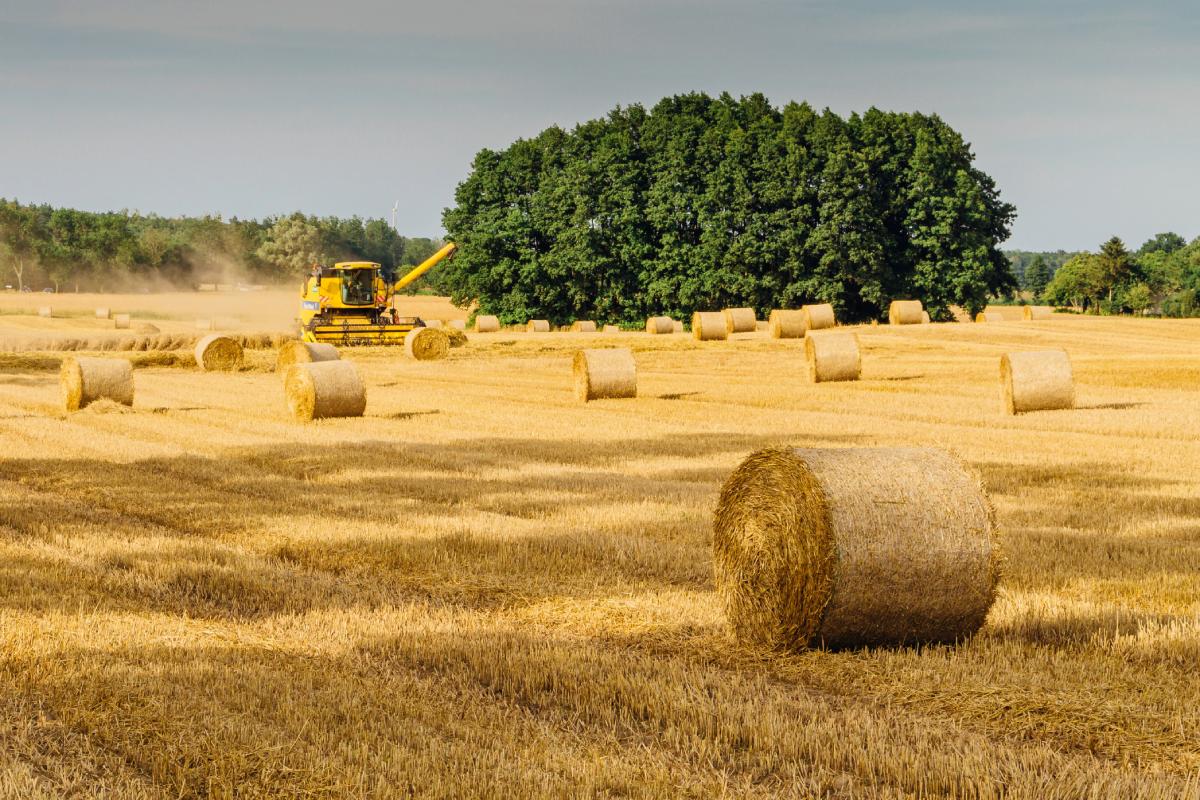
Encouraging Sustainable Farming Practices through Policy
Policy change plays a crucial role in enabling the shift to sustainable farming. Governments can influence agricultural practices through laws, regulations, and incentives. Policies that support sustainable agriculture could include subsidies for organic farming, stricter regulations on pesticide use, and incentives for soil conservation. It’s also vital to level the playing field by reevaluating subsidies that currently favor large-scale, industrial agriculture.
Educating Consumers about Food Choices
The choices that consumers make directly impact the agriculture industry. By choosing locally-sourced, organic, or sustainably-grown products, consumers can create a demand for sustainable farming practices. Therefore, education about the environmental impact of food choices is critical. This can come in the form of public awareness campaigns, educational programs in schools, and clear labeling of sustainably-produced products.
The Role of Technology in Sustainable Agriculture
Technology also plays a key role in sustainable agriculture. From precision farming techniques that use less water and fertilizer, to apps that connect farmers with local consumers, technology can make sustainable farming more efficient and economically viable. Technological advancements also hold promise for reducing the energy use and greenhouse gas emissions associated with agriculture.
The transition to sustainable agriculture is a complex challenge that requires systemic changes. However, with the right policies, informed consumers, and the effective use of technology, it’s a challenge that we can and must meet. In the next section, we’ll discuss how individuals can contribute to this transition.
Conclusion
In conclusion, the impact of industrial agriculture on climate change is profound and undeniable. The urgency to shift towards sustainable practices is not just important; it’s crucial for our future. Here, we’ll summarize our main points and suggest actions that our readers can take to make a difference.
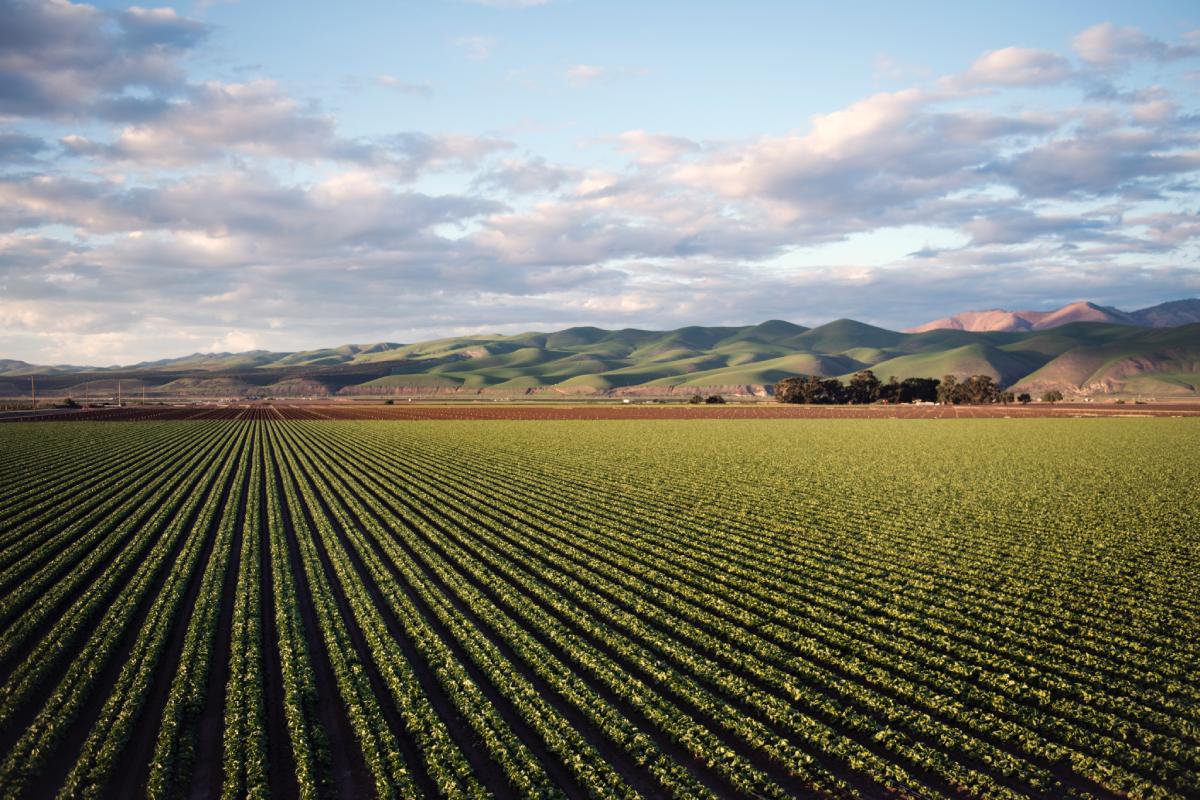
Recap of Industrial Agriculture’s Climate Impact
Throughout this blog, we’ve discussed the environmental footprint of industrial agriculture, from significant greenhouse gas emissions, deforestation, and land degradation, to overuse and pollution of water resources. These issues, coupled with energy-intensive agricultural practices, contribute significantly to climate change.
The Urgency of Shifting Towards Sustainable Practices
We’ve explored the potential of sustainable farming as a viable alternative to industrial agriculture. Sustainable practices not only reduce environmental damage, but they also offer benefits like increased biodiversity, healthier soils, and a more resilient food system. We shared inspiring case studies of successful shifts to sustainable practices, highlighting the potential of organic farming, regenerative agriculture, and community-supported agriculture programs.
Final Thoughts and Call to Action for Readers
To make a meaningful shift towards sustainable agriculture, systemic changes are needed. Policies must support sustainability, consumers need to make informed choices, and technological innovation must continue.
And here’s where you come in. As a consumer, you have the power to support sustainable agriculture with your food choices. Choose local, organic, and sustainably-produced food when you can. Educate yourself and others about the impacts of industrial agriculture. Advocate for policies that support sustainable farming. And if you’re able, get involved in a community-supported agriculture program. Every small action contributes to the larger goal of creating a sustainable, climate-resilient food system.
The challenge is substantial, but together, we can make a difference. We owe it to our planet and to future generations to do everything we can to mitigate the effects of climate change. Remember, every bite you take, and every choice you make, can be a step towards a more sustainable future.

